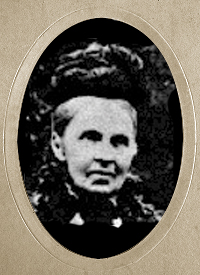| I Love to Tell the Story | |
|---|---|
| Hymn | |
| Written | 1866 |
| Text | by Katherine Hankey |
| Meter | 7.6.7.6 D with refrain |
| Melody | by William G. Fischer |
| Published | 1869: Philadelphia |
| Publisher | Methodist Episcopal book Room |

"I Love to Tell the Story" is a well-known hymn which was written as a poem by an English evangelist, Katherine Hankey. It was set to music by William G. Fischer.
Hankey had a serious spell of sickness while on a mission in Africa. During her long days of convalescence, she wrote a long piece on the life of Jesus in 1866 in two parts. The first part was a poem of fifty stanzas titled "The Story Wanted" (dated 29 January 1866), and second part titled "The Story Told" (dated 18 November 1866). [1]
Certain verses were taken from Part I. by Dr. W. H. Doane in 1867 to make the popular and familiar hymn beginning, "Tell me the old, old story". From Part II. certain verses were selected to make the hymn, "I Love to Tell the Story".
The tune was composed by William G. Fischer, a professor of music at Girard College, Philadelphia, PA and appeared in Fischer's Joyful Songs, Nos. 1 to 3 published in 1869 in Philadelphia, Pennsylvania by Methodist Episcopal Book Room. [1]
The refrain used was
- "I love to tell the story, 'twill be my theme in glory,
- To tell the old, old story of Jesus and His love.
